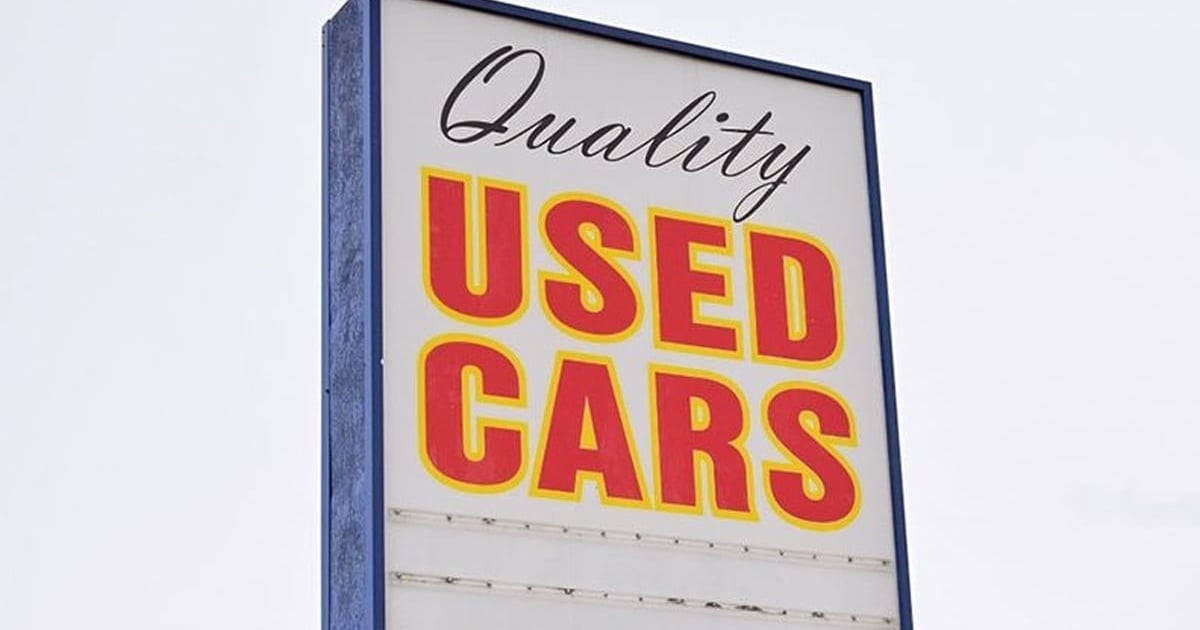
SAN DIEGO — Used-vehicle prices are unlikely to crater in the coming months partly because of the strength of lingering new-vehicle demand, a J.D. Power expert said.
Approaching a “cliff edge” in used-vehicle prices likely won’t happen because pent-up consumer demand on the new-vehicle side equates to probable sales of more than 4 million vehicles, said Tyson Jominy, vice president of data and analytics at J.D. Power, who spoke Monday at the Used Car Week conference in San Diego.
If automakers could produce vehicles at 2018 levels, they would “clear this [backlog of sales] quite quickly” and “be back to a more moderate price environment,” Jominy said.
Used-car market trackers report that wholesale prices peaked in November and December 2021, Jominy said. In the lead-up to that, prices for the average used vehicle went from hovering around $15,000 all the way to $28,000, he said. Since then, prices have trended about $3,000 lower, Jominy said.
But even though wholesale prices have decreased, they haven’t changed much at the retail level, he added.
Jominy said one reason he is optimistic that retail used-vehicle prices will be durable — more so than 2021, when they kept rising — is because the number of vehicles flowing back into the market remains fairly limited, and there’s no getting around that.
Pandemic-related disruptions have cut the numbers of new vehicles produced and sold each year since 2020. And leasing rates have tumbled dramatically.
“Vehicles — there’s far fewer of them coming back every year, based on other metrics that we’ve seen,” Jominy said.
Leased vehicles between one and three years old, in particular, are going to be “very difficult to find” through 2025, he added.
“Those vehicles are basically gone, and the leased market really isn’t going to return until we start talking about these other factors, about the price environment moderating,” Jominy said.